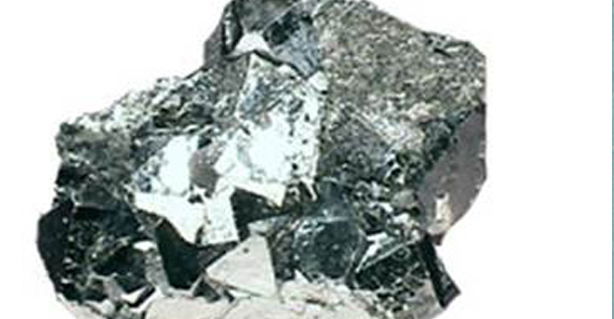
“Silver”, one of the most precious ancient metals that has roots in Zinc.
The mining of Silver began between 5,000 and 6,000 years ago in Anatolia, or what is now modern-day Turkey. As early as 700 B.C., early Mediterranean civilizations were using the brilliant white metal as currency. Over the next several centuries, the epicentre of Silver mining shifted from Greece to Spain to Germany to Eastern Europe.
In India, Hindustan Zinc is the only large producer of primary Silver, producing over 95% of Silver. Parkes process (patented in 1850), involves adding Zinc to Lead and melting the two together. When stirred, the molten Zinc reacts and forms compounds with any Silver and Gold present in the Lead. These Zinc compounds are lighter than the lead and, on cooling, form a crust that can be readily removed.
There have been many ways of extraction of Silver through smelting process. One of them has been the Parkes Process, a pyro metallurgical industrial process for removing Silver from Lead during the production of bullion. It is an example of liquid–liquid extraction. The process takes advantage of two liquid-state properties of Zinc – the First is that Zinc is immiscible with Lead and the Second that Silver is 3000 times more soluble in Zinc than it is in Lead. When Zinc is added to liquid Lead that contains Silver as a contaminant, the Silver preferentially migrates into the Zinc. Since Zinc is immiscible in Lead, it remains in a separate layer and is easily removed. The Zinc-Silver solution is then heated until the Zinc vaporizes, leaving nearly pure Silver. If Gold is present in the liquid Lead, it can also be removed and isolated by the same process.






